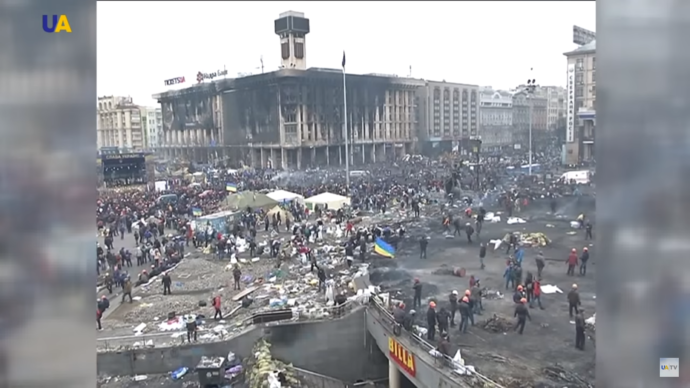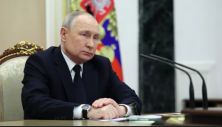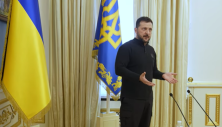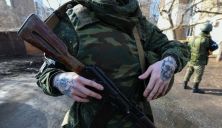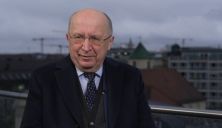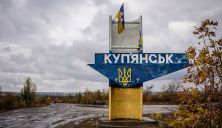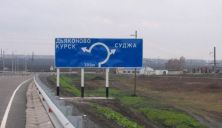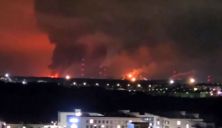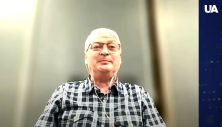During the Revolution of Dignity, it was the center for many initiatives driven by the public. In it, protesters organized a library and an office for the NGO Euromaidan-S.O.S. that provided free legal support to protesters arrested or prosecuted by the state. And for a time, it was the headquarters of the Open University of Maidan. Its founder, Ostao Stasiv, continues to develop the educational platform to this day.
The Open University’s website has over five dozen courses available for free, be it dealing with law, property management or government.
“Every course contains a number of educational videos, as well as the obligatory test section that allows you to test your newly-acquired knowledge,” Stasiv said.
At its inception, the project had a very different look. University teachers would come and give free lectures right from the Maidan stage in the middle of the protests.
“The stage migrated from the Mykhaylivska Square to Maidan for about two days. It was disassembled and the parts were transported over the course of two days while the SBU, the “Titushki,” the Party of Regions people, and other kinds of ‘pleasants’ did their best to hinder this process. But it did move and this is where it stood in the end,” Stasiv said.
“At the stage, we talked about very simple things. We talked about the fact that if we didn’t get a chance to change something ourselves, nobody would do it for us,” Stasiv said.
A large banner was one of the ways the idea of change was being conveyed to those outside the protest. It quickly became popular online. Aimed primarily at the pro-government rally known as the “anti-Maidan,” the message read, in Ukrainian, “Please understand. We are fed up.” At the time, with the outcome of the revolution being far from certain, the printing company feared repercussions.
“I got a call from Tonia Yurchenko, ‘Listen, I’ve arranged everything. The guys are ready to print it,’ she said, ‘But there’s one condition – if something happens, the banner has to be destroyed.’ The banner stayed in its place until the night when the Maidan was attacked by armored vehicles and when the whole thing ended up in flames. But at least we definitely fulfilled our promise. The banner was well and truly destroyed, it burned in the blaze of revolution,” Stasiv said.
Protesters fended off an attack on the Ukrainian House. It was of strategic importance to the Euromaidandan movement. Broken windows were covered with tape and, after some cleaning, lectures at the Open University of Maidan resumed and continued all the way until Feb. 18.
“It was a day when we came to the Maidan just like we did any other day. Nobody expected that kind of an attack,” Stasiv said.
“When you stand here, and Berkut riot police forces are up on that hill showing you all kinds of obscene gestures and waving their weapons at you, aiming at you. And you realize you have a chance to leave in that direction because on this side, everything is already blocked. And you have to make a choice, whether to stay or to leave,” Stasiv said.
He stayed there. His chronic cough from lung burns caused by the riot police gas serves as a reminder of those days.
“At one point, in the course of three months, a certain number of people, a rather large number of people, managed to reverse the course of this great big ship from moving in one direction to moving in the completely opposite direction,” Stasiv said.
The Open University provided the initial impulse to dozens of successful civic initiatives that are still going today. For more than a year after the EuroMaidan, teachers traveled the country with lectures.
At present, more than 35,000 students take online courses at the Open University of Maidan.

